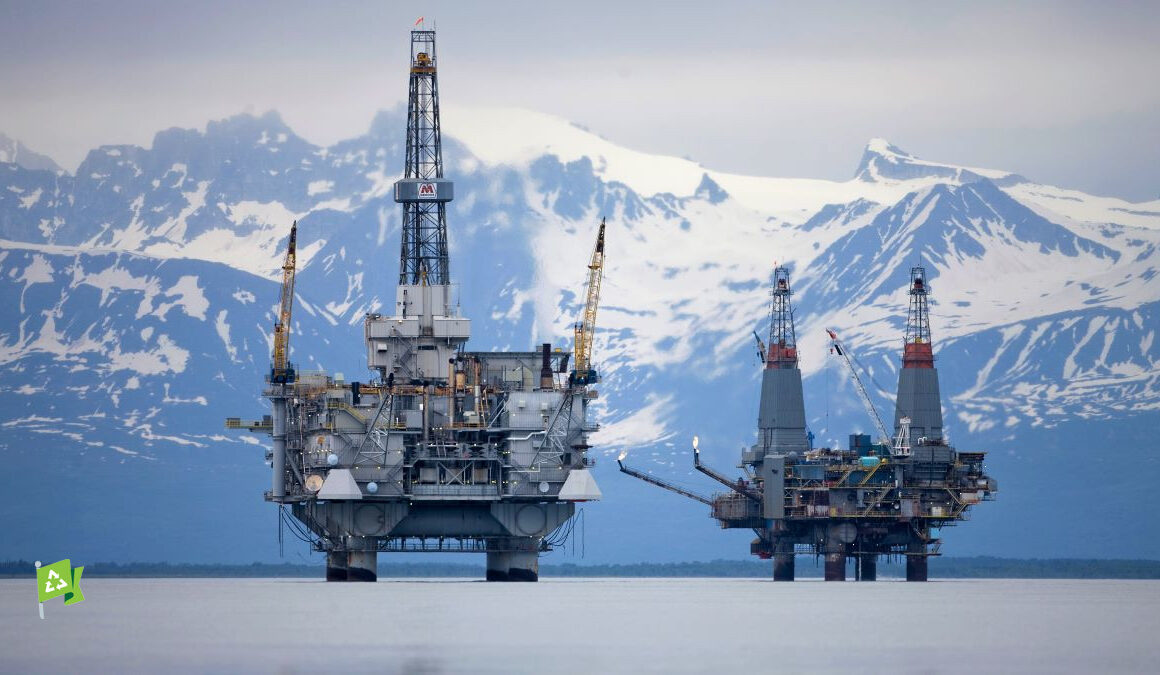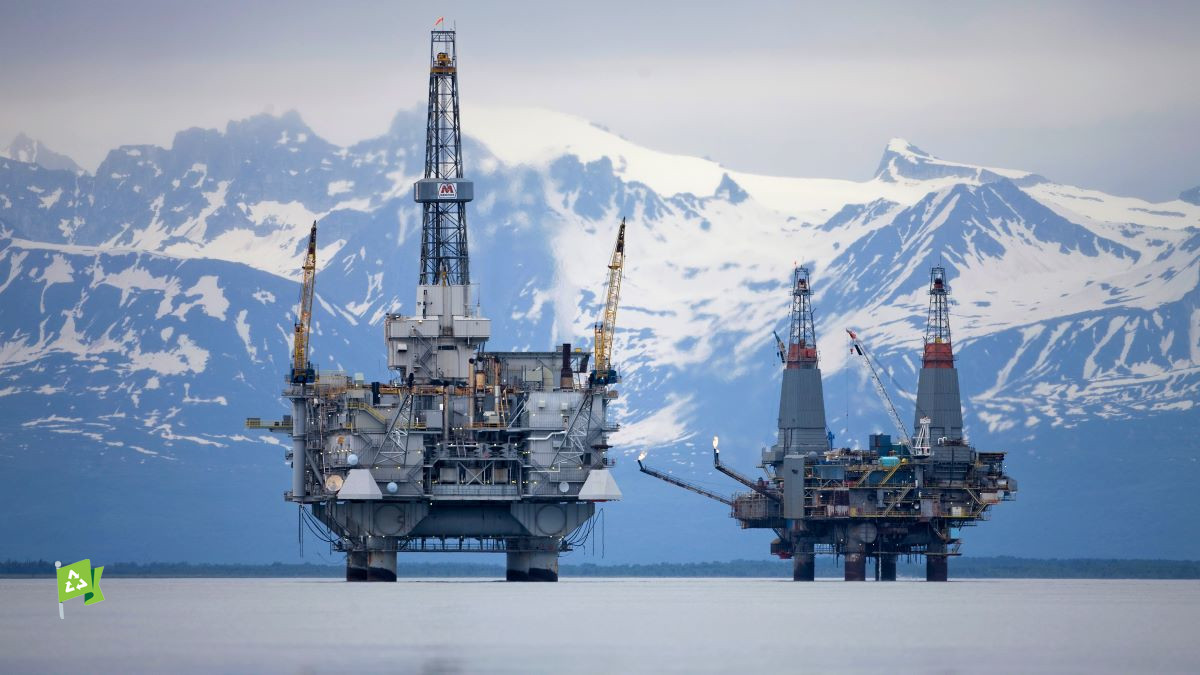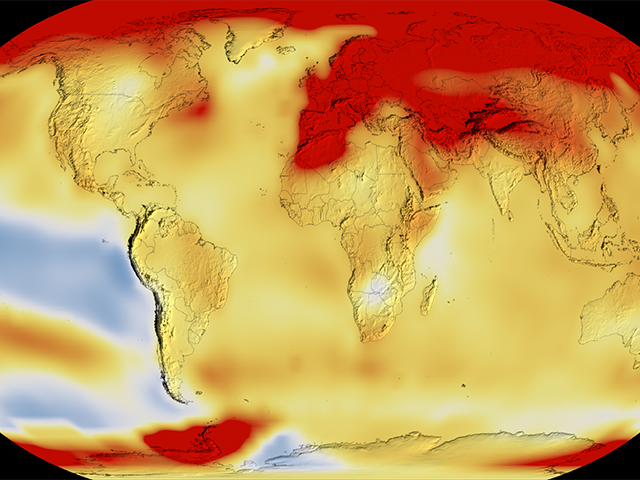Intact forests are important climate regulators and harbors of biodiversity, but they are rapidly disappearing. Agriculture is commonly considered to be the major culprit behind forest loss, but the authors of a new paper publishing on January 20 in the journal One Earth show that agriculture isn’t solely to blame. For forest loss associated with the 2014 world economy, over 60% was related to final consumption of non-agricultural products, such as minerals, metals and wood-related goods, and the authors argue that we must consider international trade markets when designing conservation strategies.
“Regional land use change is no longer simply driven by local demand; it is also indirectly influenced by international markets and the surging consumption of land-based products,” say the authors, led by Bin Chen, a postdoctoral fellow at Fudan University. “Countries with forest conservation goals can import finished land-based products via global supply chains, displacing land-use pressure and related eco-environmental impacts outside their own territory borders.”
The researchers used multi-source geographic information data and economic modeling to evaluate the direct and indirect causes of intact forest landscape loss. Intact forests support more diverse species, are more resilient to natural disturbances such as wildfires, and in Africa and South America, can store more than three times the amount of carbon per hectare compared to disturbed or managed forests.
Previous studies have focused on deforestation — the complete removal of tree cover — but focusing on intact forests instead allowed the authors to shine a spotlight on the insidious roles played by degradation and fragmentation.
“Even the removal of narrow tracts of forests can affect overall forest structure and composition,” say the authors. “Considering the exceptional conservation value of intact forest landscapes in terms of stabilizing terrestrial carbon stocks and harboring biodiversity, intact forest landscapes loss displacement can also reflect potential indirect driving forces behind carbon emissions and biodiversity loss.”
“It is widely thought that beef production drives deforestation in the Amazon, but it is hard for consumers to realize that the production of highly processed equipment may involve timber and metals produced at the expense of intact forest and that services provided by tertiary sectors may be supported by electricity generated from oil and gas associated with this loss” the authors say. “The more dispersed nature of intact forest loss drivers and their indirect links to individual final consumers call for stronger government engagement and supply-chain interventions.”








Recent Comments